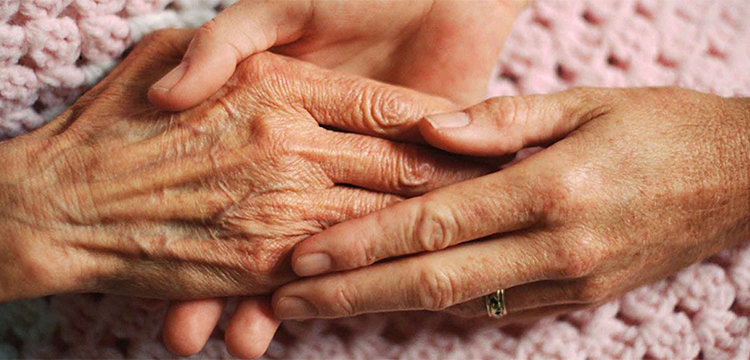
© UCLan
For most people, the culmination of a good life is a "good death," though what that means exactly is a matter of considerable consternation. Researchers at the University of California, San Diego School of Medicine surveyed published, English-language, peer-reviewed reports of qualitative and quantitative studies defining a "good death," ultimately identifying 11 core themes associated with dying well.
The findings are published in the April 2016 issue of the
American Journal of Geriatric Psychiatry.
The research team, headed by senior author Dilip Jeste, MD, Distinguished Professor of Psychiatry and Neurosciences and director of the Sam and Rose Stein Institute for Research on Aging at UC San Diego School of Medicine, focused on three groups of stakeholders: patients, family members (before or during bereavement) and health care providers.
"This is the first time that data from all of the involved parties have been put together," said Jeste, who is also associate dean for healthy aging and senior care at UC San Diego School of Medicine. "Death is obviously a controversial topic. People don't like to talk about it in detail, but we should.
It's important to speak honestly and transparently about what kind of death each of us would prefer."
The literature search culled through 32 qualifying studies. It identified 11 core themes of good death: preferences for a specific dying process, pain-free status, religiosity/spirituality, emotional well-being, life completion, treatment preferences, dignity, family, quality of life, relationship with the health care provider and "other."



Comment: Read more about the importance of reconnecting children with the outside world